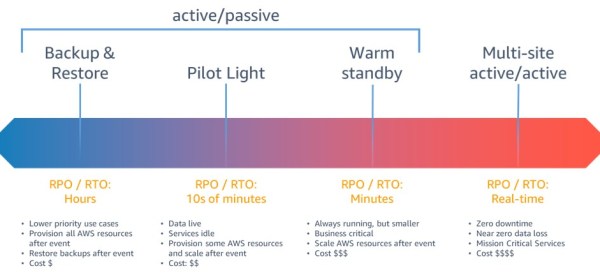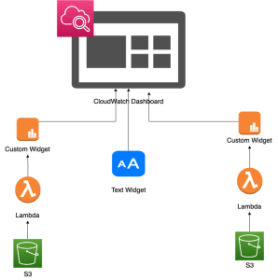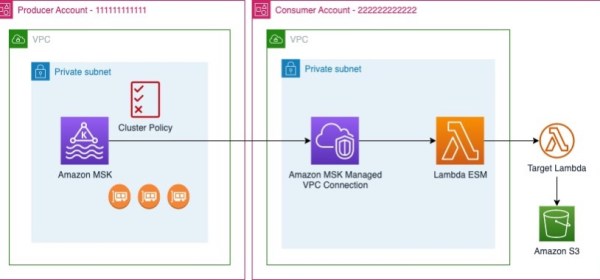This article introduces a solution for secure and privacy-compliant collaboration on sensitive data in the media and advertising industry. It leverages Data Clean Rooms powered by Confidential Computing, offering a secure workflow for joint analysis while ensuring data confidentiality. The architecture utilizes various Azure services, highlighting compliance, control, and potential use cases in a cost-effective manner.












